Any cactus gardeners in zone 4?
peggy_hosta
15 years ago
Related Stories
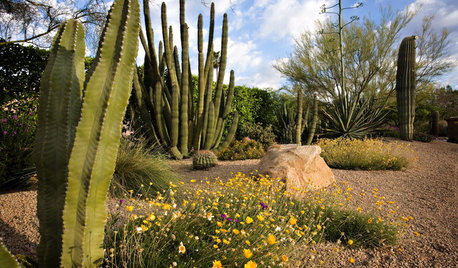
SOUTHWEST GARDENINGTall Cactuses Bring Drama to Southwestern Gardens
See how 5 columnar cactuses add a striking design element to warm-weather gardens, courtyards and entries
Full Story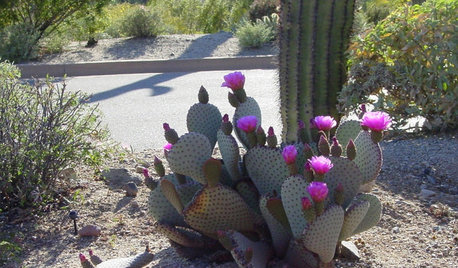
GARDENING GUIDES8 Cactuses Bring Spring Flowers to Dry Gardens
These prickly desert plants transform in spring with the arrival of their colorful blossoms
Full Story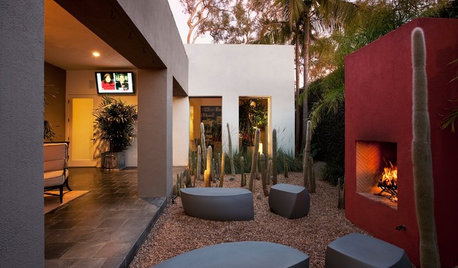
GARDENING GUIDES10 Creative Ideas for Cactus and Succulent Gardens
Arrange cactuses and succulents amid salvaged treasures, against a vibrant painted wall or in terraced beds
Full Story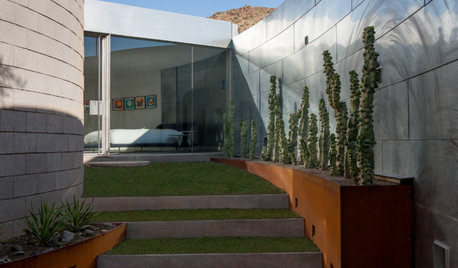
FLOWERS AND PLANTSUnusual Totem Pole Cactus Is a Standout in Southwest Gardens
This thornless cactus makes a statement in the ground or in a container in mild-winter climates
Full Story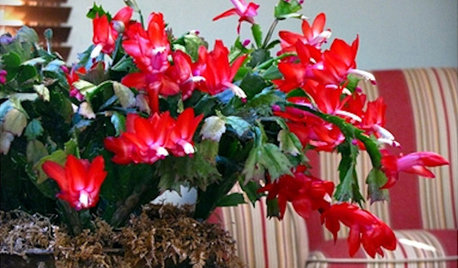
HOUSEPLANTSGreat Houseplant: Holiday-Blooming Cactus
You may know it as Christmas cactus, but whichever holiday floats your boat, this plant is a year-round beauty
Full Story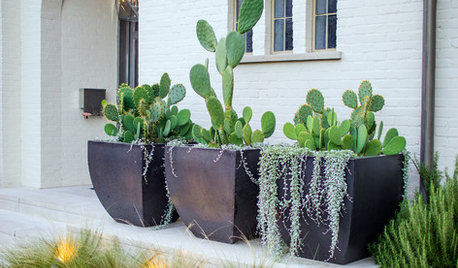
CONTAINER GARDENSCactus and Succulent Containers Are Ideal for Hot, Sunny Spots
Bring on the sun with these heat-loving succulent container gardens
Full Story
GARDENING GUIDES6 Wonderfully Easy Roses for Any Gardener
Look like an expert even if you're just starting out, with these low-maintenance gems of the rose world
Full Story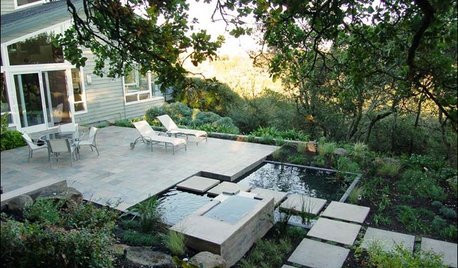
LANDSCAPE DESIGNHow to Look Good From Any Angle (the Garden Edition)
Does your garden pique interest from one vista but fall flat from another? These tips and case-study landscapes can help
Full Story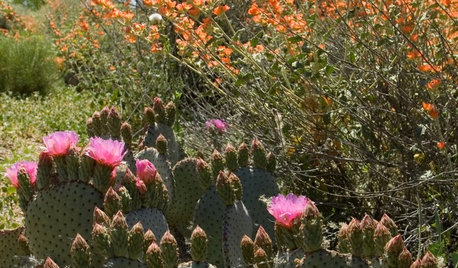
GARDENING GUIDESGreat Design Plant: Beavertail Prickly Pear Wows With Color
The dazzling magenta flowers of this cactus will snag your heart — just beware the bristles that can stick in your skin
Full Story
MOST POPULARKitchen Evolution: Work Zones Replace the Triangle
Want maximum efficiency in your kitchen? Consider forgoing the old-fashioned triangle in favor of task-specific zones
Full StorySponsored






giantslug
Julie
Related Professionals
Maple Valley Landscape Architects & Landscape Designers · Forest Acres Landscape Architects & Landscape Designers · East Patchogue Landscape Architects & Landscape Designers · Peabody Landscape Contractors · Edmond Landscape Contractors · Avocado Heights Landscape Contractors · Amesbury Landscape Contractors · Battle Ground Landscape Contractors · Belmont Landscape Contractors · Columbine Landscape Contractors · Lancaster Landscape Contractors · Long Branch Landscape Contractors · Lynchburg Landscape Contractors · The Woodlands Landscape Contractors · Washington Landscape Contractorszenpotter
peggy_hostaOriginal Author
leftwood
peggy_hostaOriginal Author
leftwood
hoghaven_duluthmn
dogbane28
dogbane28
leftwood
dogbane28
klavier
leftwood
zenpotter